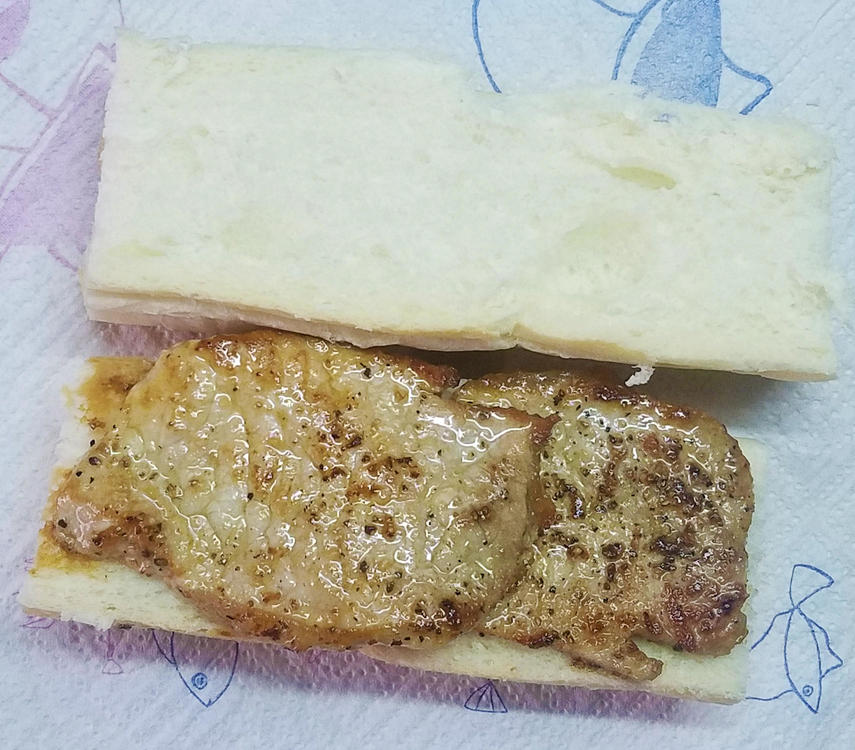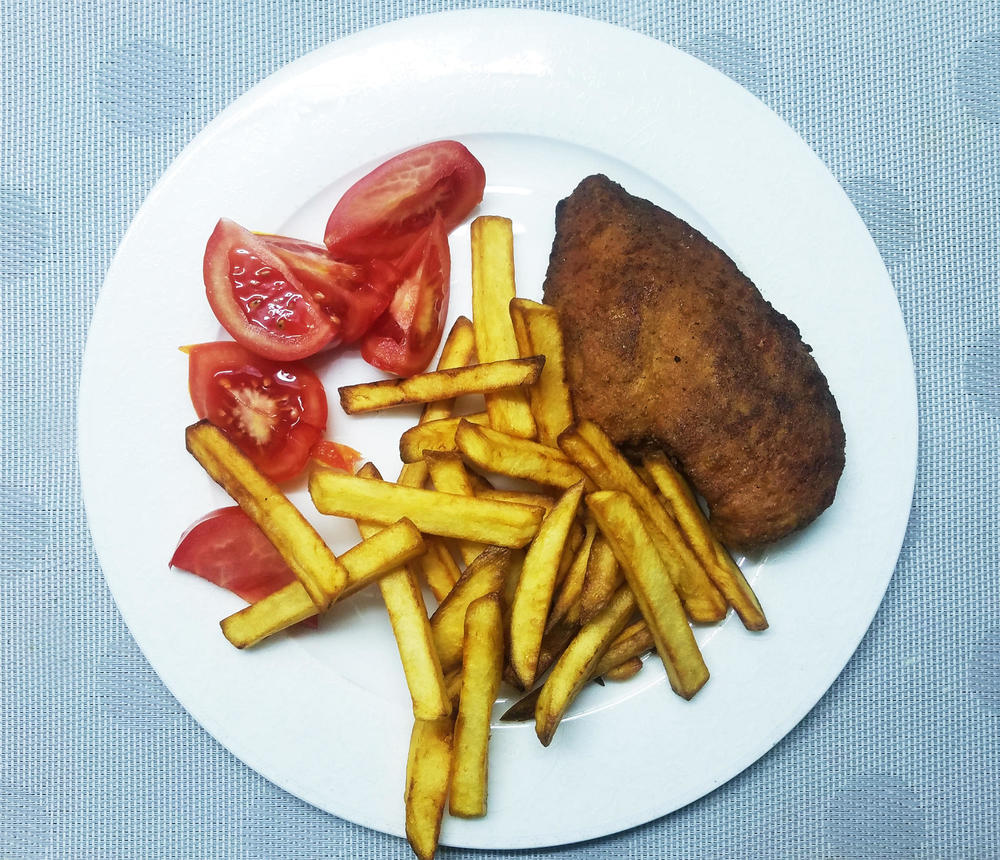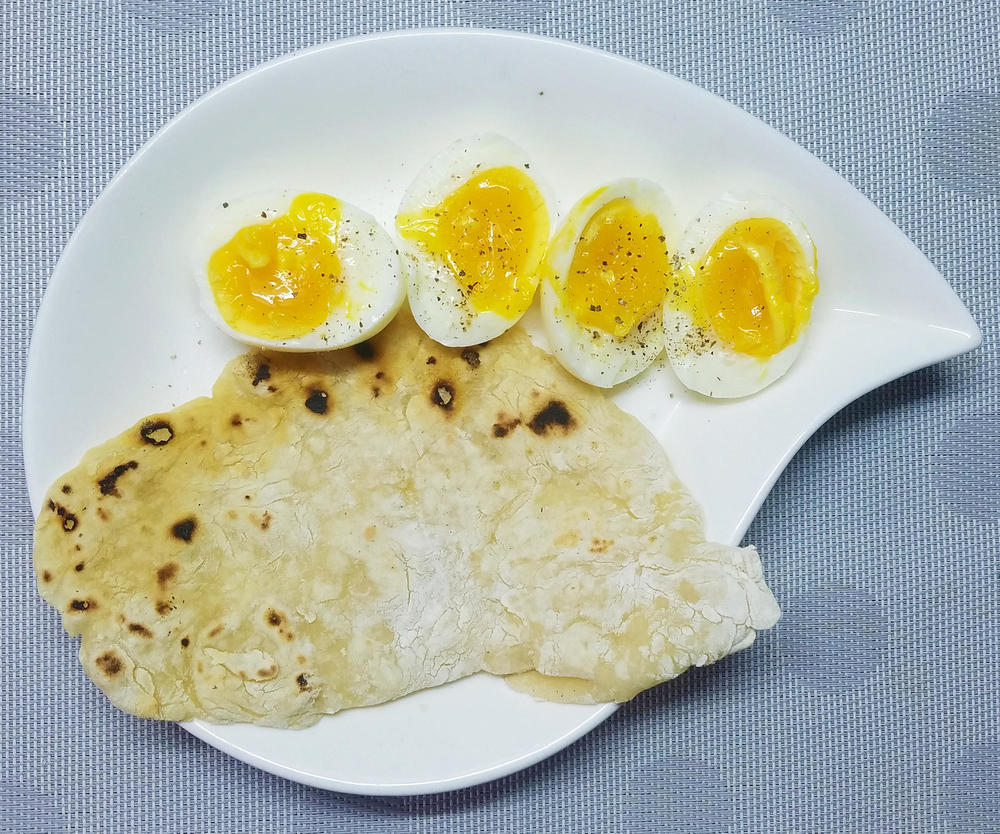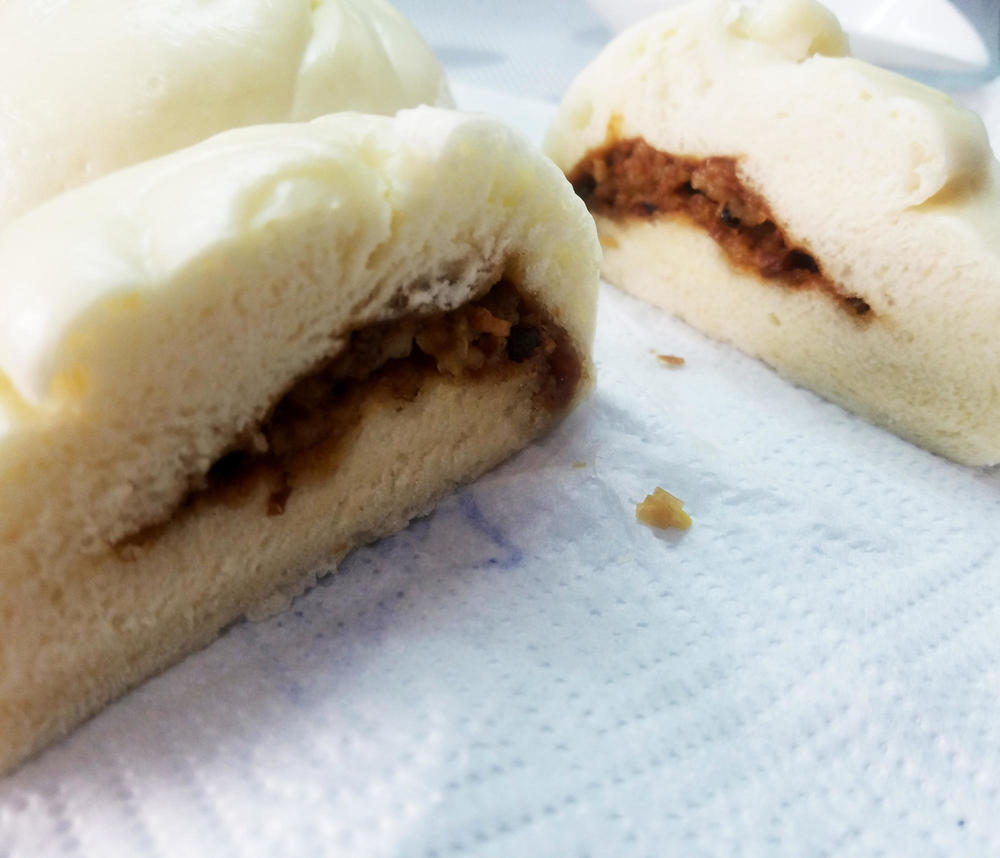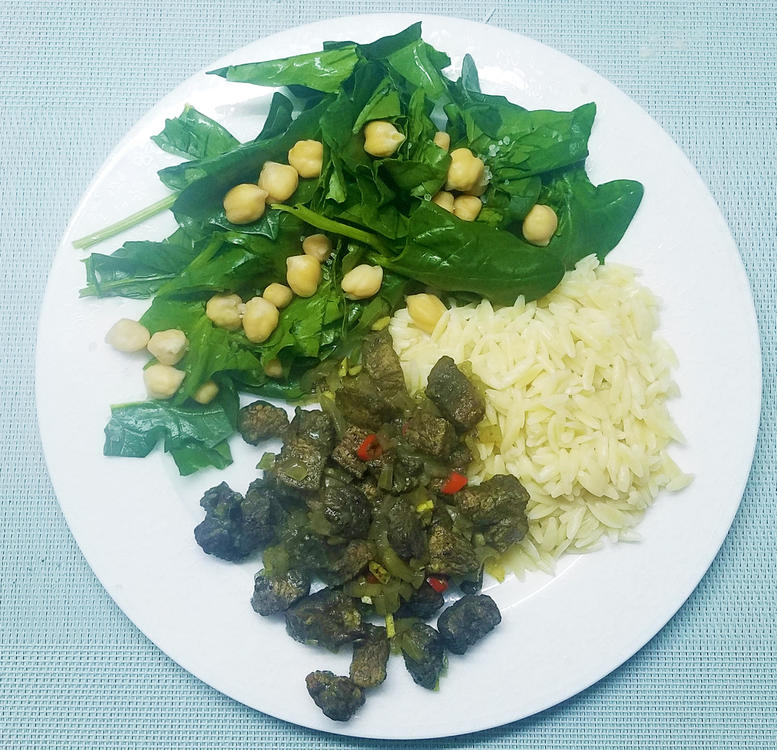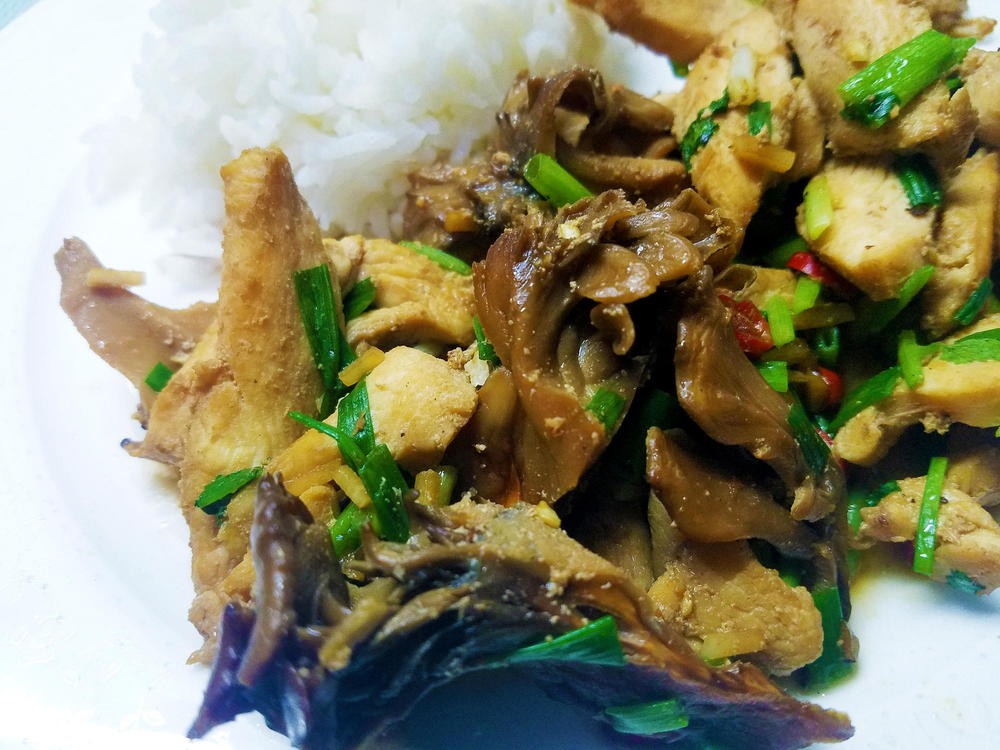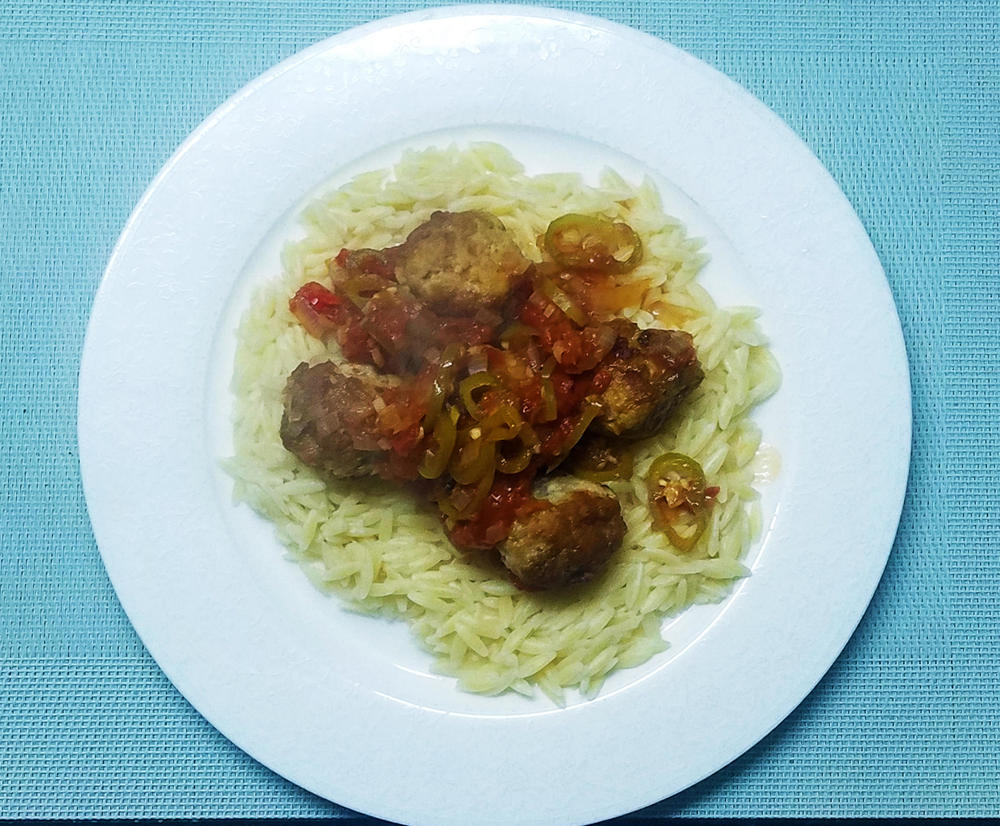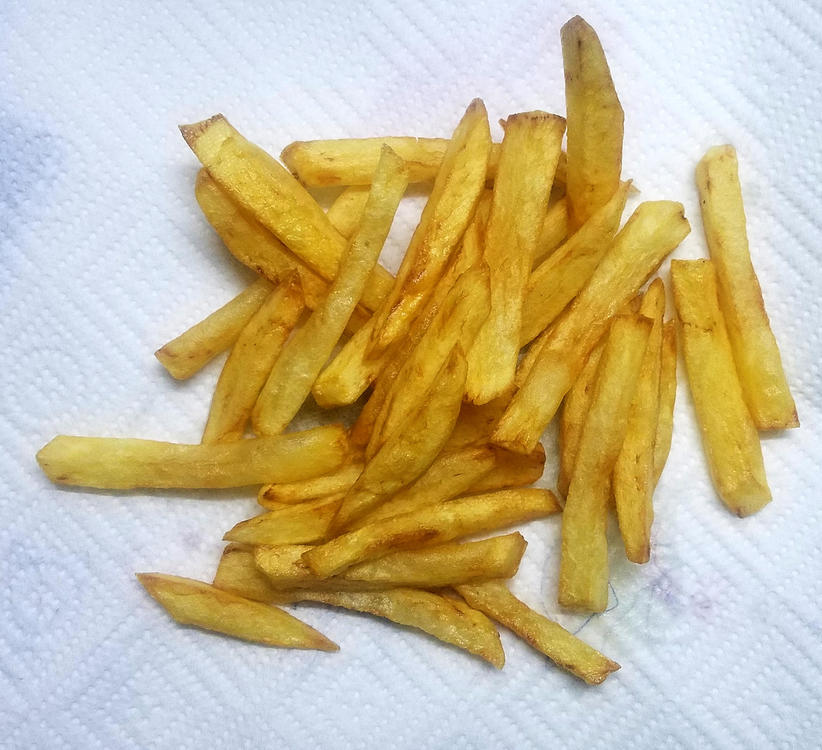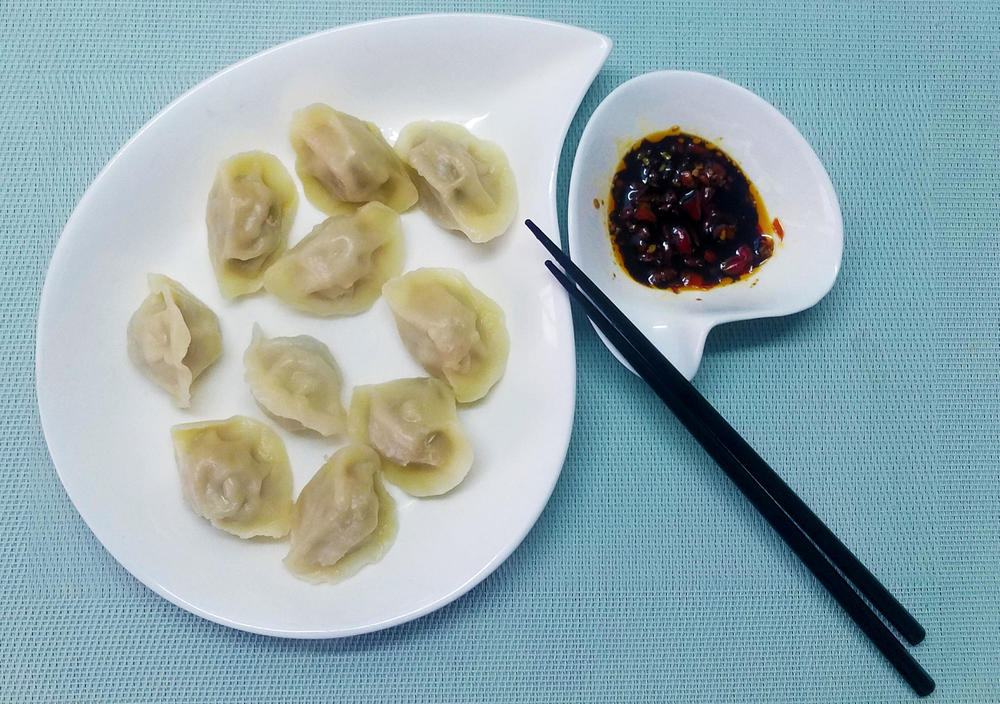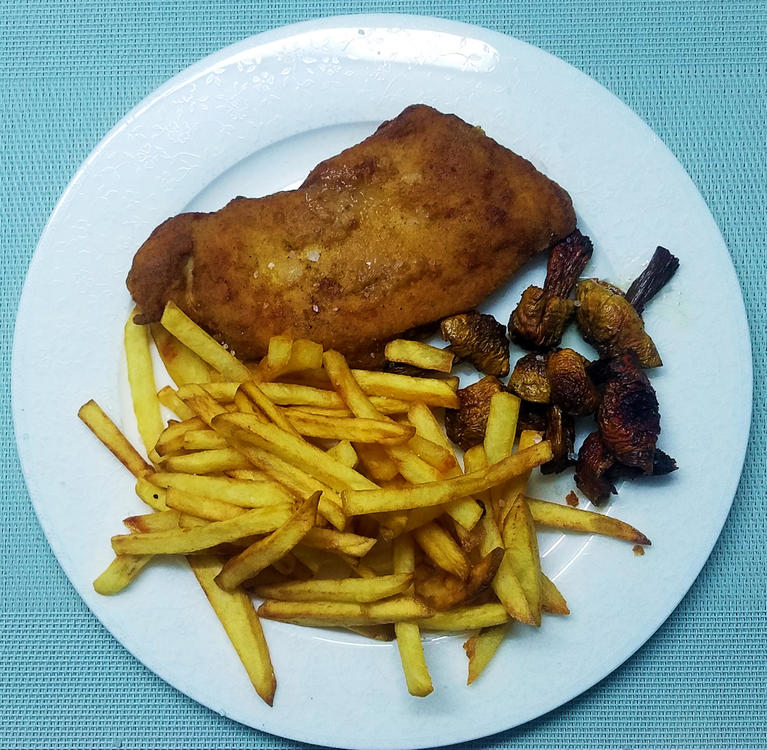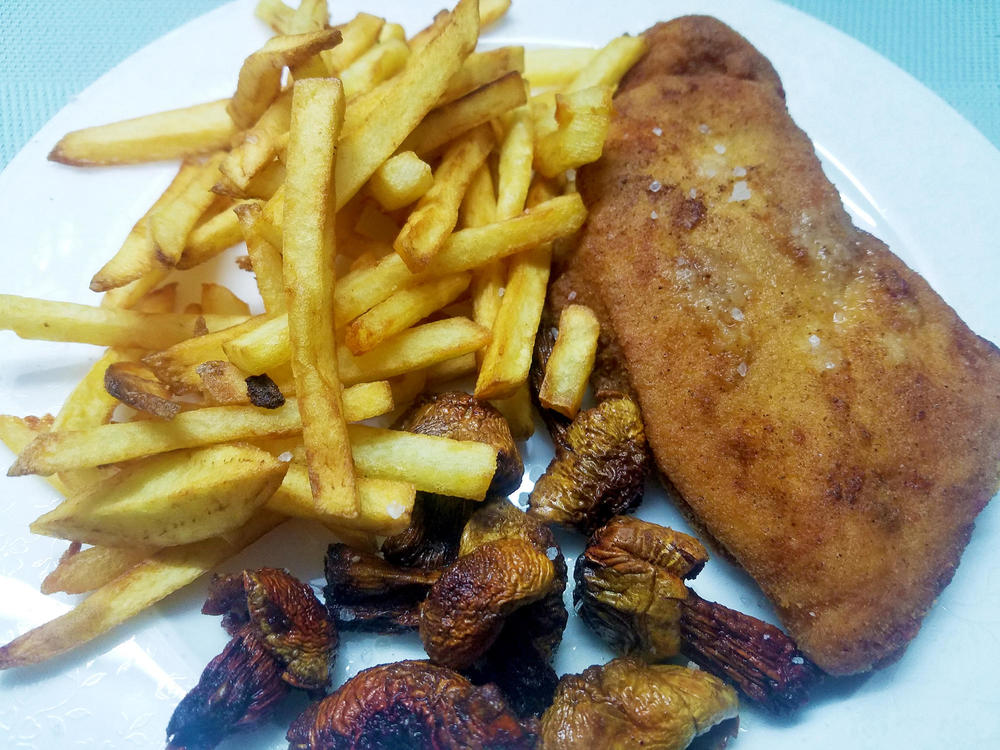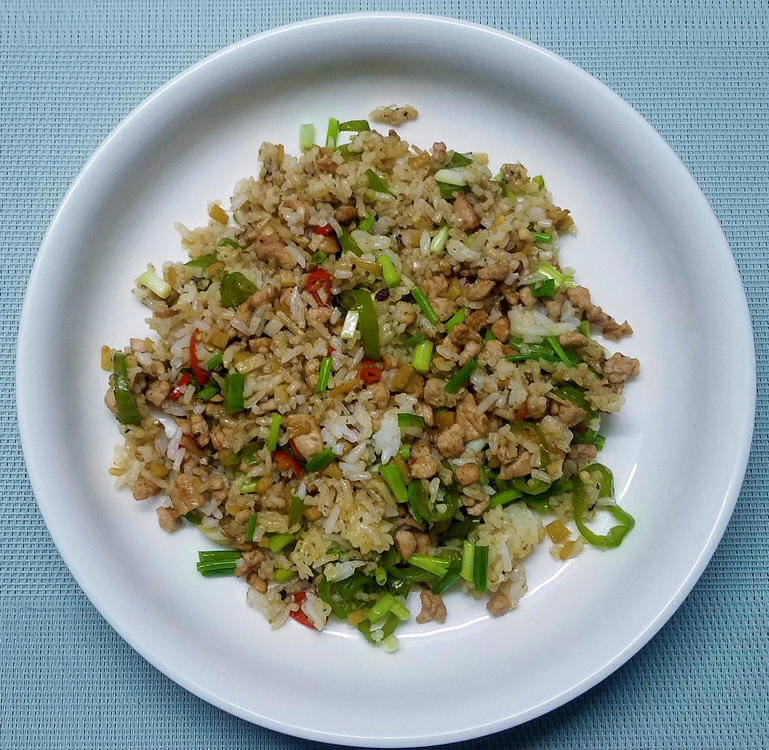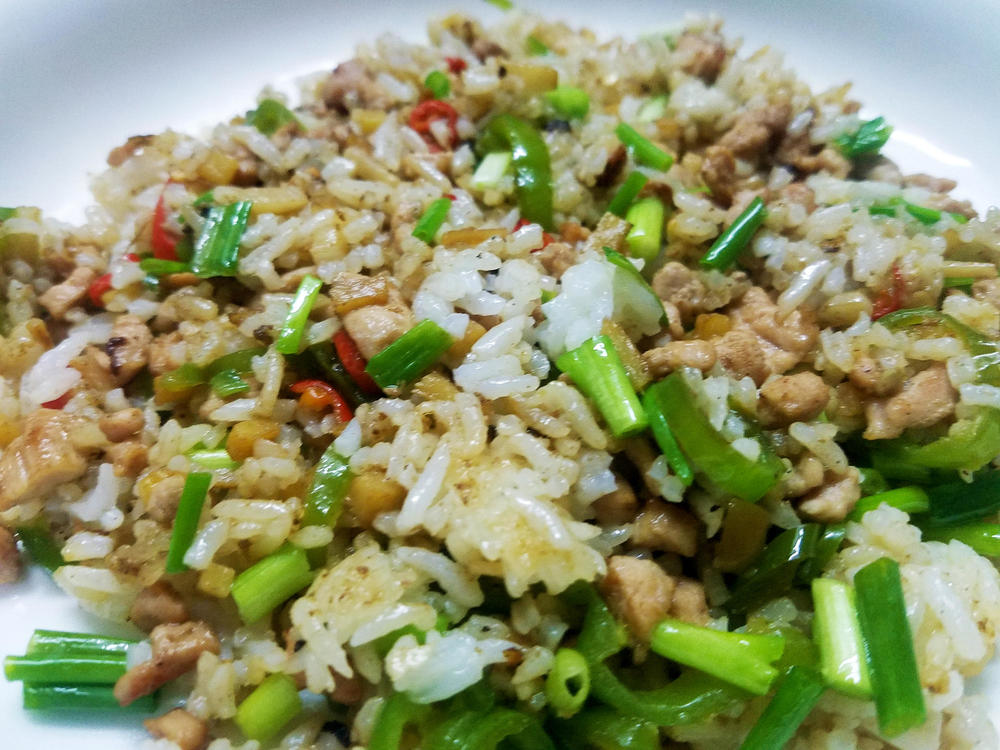-
Posts
16,667 -
Joined
-
Last visited
Content Type
Profiles
Forums
Store
Help Articles
Everything posted by liuzhou
-
-

Info on How to Learn High-Heat Chinese Wok Cooking
liuzhou replied to a topic in Cookbooks & References
...and that said, without a shadow of doubt, the best food I've eaten in China has been home cooked! -

Info on How to Learn High-Heat Chinese Wok Cooking
liuzhou replied to a topic in Cookbooks & References
Yes. Like 99.99% of Chinese people do. In a quarter of a century I've never met anyone here in China with anything but a regular stove. I wouldn't even know where to source a high powered burner. They seem to be a peculiarly American obsession. "Wok Hei" is a Cantonese term unknown to the vast majority of Chinese people. In Mandarin, spoken by most Chinese people, it would be 镬气 (huò qì), but to repeat, most would say "What's that?" Cantonese speakers are around 5% of China's population. -
I'm either going to die from Coronavirus or boredom, whichever arrives first, so decided to forget healthy! Breaded chicken with chips and tomatoes. I cooked and ate this or similar last week too I think, but enjoyed it, so why not do it again?
-
I know I've posted versions and variations of this before, and there was never anything very exciting about it, but there is a slight twist here. Normally, I use duck eggs, but my favourite duck egg vendor is hiding at home during these strange times, so these are chicken eggs. Soft boiled with flatbread.
-
-
Everything normal here, too.
-
Braised beef with garlic, chilli, ras el-hanout, turmeric and cinnamon.. Spinach and chick pea salad. Orzo.
-
Stir fried chicken with garlic, ginger, chilli, Shaoxing, soy sauce, Chinese chives, coriander leaf and hen-of-the-woods mushrooms.
-
Meatballs in tomato sauce with orzo. Balls were pork, breadcrumbs and capers. Sauce was white onion, red chilli, green chilli and tomatoes. Orzo was Orzo. Or Orzi.
-
-
There is also a good list of Vietnamese restaurant menu dishes here from Andrea Nguyen. No audio, though.
-
-
-
Saigon Siblings in cooperation with Andrea Nguyen have compiled a useful glossary of Vietnamese food expressions. Sound samples are included for pronunciation.
-
Often, but not always. In fact many are moving away from that in the cities (where 80% of the population live). McDonalds, KFC and Chinese equivalents are everywhere! Every supermarket has olive oil. Yoghurt and milk tea are hugely popular. I think your view of Chinese habits is somewhat out of date.
-
Brined chicken breast coated with a spicy breadcrumb mix and fried. Chips/ fries. Deep fried almond mushrooms.
-
That looks lovely. You've given me an idea for tonight. Thanks.
-
-
Yes. Wholemeal flour is what is known in the US as whole wheat flour. And yes you can use white flours as substitutes for all or part of the wholmeal flour. As I recall the Guardian article used by @blue_dolphinsays this, but also suggests the taste will be different.
-
They are very addictive.
-
I'd happily eat that. Not the board!
-
Fried rice with pork, garlic, green chillies, red chillies, garlic, ginger, Chinese chives, Shaoxing wine. Note lack of egg and definitely no soy sauce!
-
Interesting read about bread and bread books.


